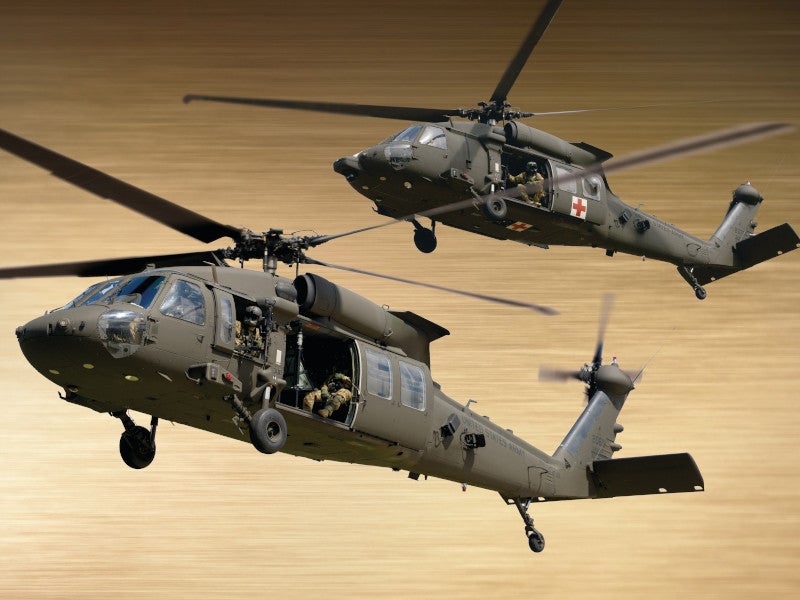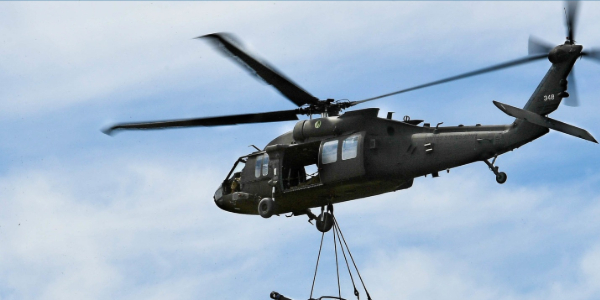A Comprehensive Guide to the Maintenance and Care of Aircraft for Longevity
The long life of an airplane hinges dramatically on its maintenance and care, requiring an organized strategy to make sure ideal performance and security. Routine assessments, paired with a methodical maintenance program, act as important parts in determining possible issues prior to they intensify. Furthermore, the problem of the aircraft's interior and adherence to governing criteria play pivotal roles in preserving its worth. Yet, recognizing the ins and outs of these methods can be intricate; for that reason, it is important to discover the important elements that add to efficient airplane treatment and the implications of overlooking these duties.
Significance of Regular Maintenance
Regular upkeep is essential for the safety and security, efficiency, and durability of airplane. A methodical technique to maintenance makes sure that all parts function efficiently, thereby lowering the threat of mechanical failure during operation. Normal assessments and servicing permit service technicians to recognize prospective concerns before they rise right into substantial troubles, making certain that the airplane continues to be in compliance with air travel policies.
Additionally, maintaining an airplane according to the manufacturer's standards is crucial for protecting its worth. A well-documented maintenance background can improve resale prospects and instill confidence in potential buyers. Furthermore, regular maintenance adds to operational efficiency, as it helps to enhance fuel usage and efficiency metrics, causing cost savings over time.
Additionally, routine upkeep adds to the overall safety and security of trip operations (uh 60). By attending to wear and tear without delay, drivers can minimize dangers connected with aging aircraft systems. This aggressive method not only secures the lives of travelers and team but additionally safeguards the aircraft itself against disastrous failings

Daily Assessment List
How can pilots and maintenance crews guarantee the aircraft remains in optimal condition before each flight? The response exists in an extensive daily assessment list, which works as an essential procedure to identify prospective problems that could compromise safety and efficiency. This checklist needs to encompass numerous vital locations, consisting of outside and interior evaluations, in addition to functional checks of vital systems.
Beginning with the exterior, crews should assess the airframe for any noticeable damage, leakages, or indicators of rust. Attention needs to be paid to control surfaces, touchdown gear, and the problem of tires. Relocating to the interior, the staff ought to validate that all instruments and controls are functional, making certain that electronic systems are operating correctly.

Along with structural checks, it is important to inspect gas levels and confirm that all called for files, consisting of registration and weight and balance information, depend on day. A review of emergency devices, including life vests and fire extinguishers, must be carried out to guarantee compliance with security laws. By vigilantly following this day-to-day evaluation list, pilots and maintenance teams can significantly enhance the security and integrity of their airplane.
Arranged Upkeep Programs
Arranged maintenance programs are vital for the long-term safety and security and effectiveness of airplane operations. These programs are made to make sure that all aircraft parts undergo normal evaluations, maintenance, and essential repair services at predetermined periods. By adhering to an organized maintenance schedule, drivers can considerably lower the risk of in-flight failings, enhance aircraft integrity, and expand the life-span of important elements.
Commonly, scheduled maintenance is categorized right into numerous degrees, including A, B, d, and c checks, each with distinct demands and thoroughness. A checks are usually much more constant and focus on basic minor repair work and aesthetic examinations, while D checks are a lot more comprehensive and occur much less regularly, involving comprehensive disassembly and overhaul of the aircraft.
Governing bodies, such as the FAA and EASA, mandate conformity with specific upkeep schedules based on airplane kind and use. Operators must keep meticulous documents of all upkeep carried out to show compliance and assist in examinations. Moreover, the assimilation of predictive upkeep technologies can further improve the try here performance of scheduled programs by determining prospective concerns prior to they rise, thereby guaranteeing that aircraft remain in optimum condition and prepared for secure procedures.
Care for Aircraft Interiors
Caring for airplane interiors is crucial not just for passenger convenience yet likewise for preserving the overall worth and security of the aircraft. Routine cleansing and maintenance of the interior parts add substantially to a positive flying experience pop over to this web-site while preserving the airplane's visual allure.
To make certain optimal treatment, it is necessary to develop a routine cleaning schedule that includes vacuuming carpetings, cleaning down surfaces, and sterilizing high-touch areas. Furniture and seats should be inspected for wear and tear, with any kind of damage promptly addressed to avoid additional damage. In addition, interest should be provided to the galley and lavatory areas, which need complete cleaning and restocking of products to preserve hygiene.
Additionally, the usage of appropriate cleaner is essential; rough chemicals can harm materials and surfaces, so it is suggested to utilize products specifically made for aircraft insides. Regular assessments should likewise be conducted to recognize any type of upkeep requires, such as changing worn-out seat covers or fixing home window shades. By focusing on the treatment of airplane interiors, operators can enhance the general traveler experience and safeguard the investment in their aircraft.
Comprehending Governing Conformity
Governing conformity is an important aspect of airplane maintenance, often calling for operators to follow a complicated structure of local, national, and global criteria. This framework is mainly developed by air travel regulative bodies such as the Federal Aviation Management (FAA) in the United States and the European Union Aviation Security Firm (EASA) in Europe - uh 60. These companies state regulations that control numerous elements of airplane maintenance, consisting of airworthiness, safety protocols, and functional procedures

In addition, drivers must remain educated regarding changes in policies and take part in training programs to guarantee that their team is experienced concerning compliance demands. Failure to abide by these regulations can cause serious charges, including penalties, grounding of airplane, or loss of qualification. Therefore, understanding and adhering to regulatory compliance is paramount for the long life and security of aircraft procedures.
Final Thought
In verdict, the upkeep and treatment of find more information airplane are extremely important for guaranteeing longevity, safety and security, and operational effectiveness (uh 60). Normal evaluations, adherence to daily checklists, and methodical upkeep programs assist in the early recognition of prospective problems. In addition, interest to the airplane's interior and compliance with regulatory standards dramatically contribute to protecting its worth. By executing these practices, operators can improve the total experience for travelers while safeguarding the investment in air travel possessions.
The longevity of an airplane pivots considerably on its upkeep and care, demanding an organized technique to ensure optimal efficiency and security. By diligently following this everyday assessment list, pilots and upkeep crews can substantially enhance the safety and security and integrity of their aircraft.
These programs are made to ensure that all aircraft components undergo regular evaluations, maintenance, and needed fixings at established periods. By prioritizing the care of aircraft insides, drivers can improve the general passenger experience and protect the financial investment in their airplane.
In final thought, the maintenance and treatment of aircraft are critical for ensuring longevity, safety and security, and functional performance.